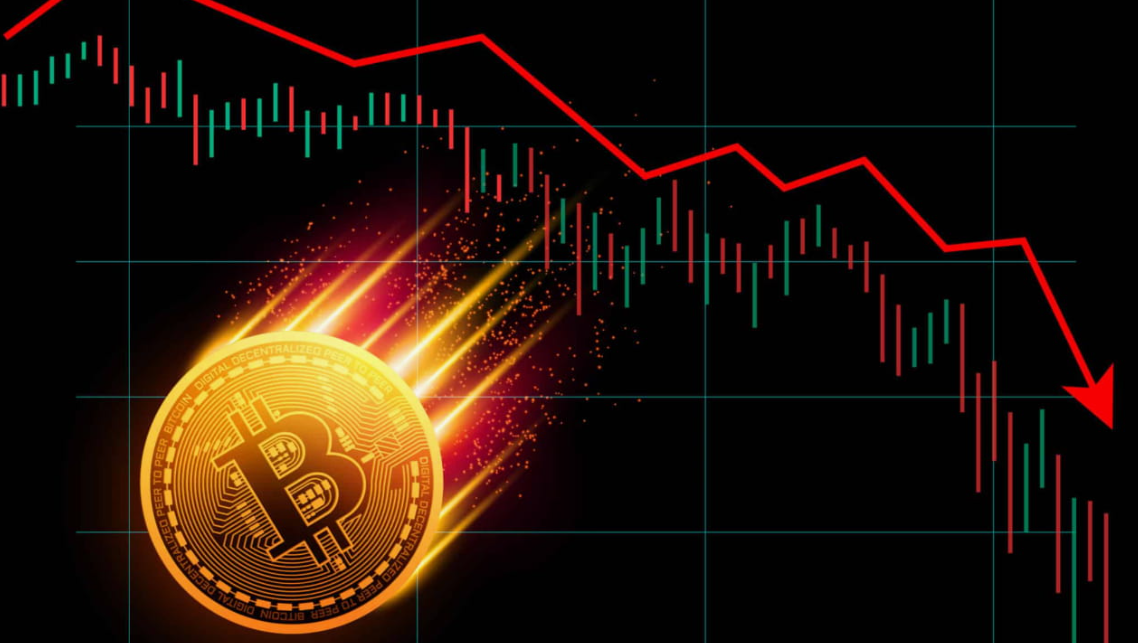Trading in the financial markets can be a high-stakes, high-reward profession. As a trader, the key to success is not only mastering the technical aspects of the market but also building a strategy that balances risk and reward. Every trader’s day is filled with challenges, learning, and adapting to ever-changing market conditions. But what exactly does a typical day in the life of a high-performance trader look like? Let’s dive into the world of trading and uncover what it takes to thrive in this competitive field.
The Early Morning: Getting Ready for the Market
The day for a trader typically starts early—before the markets even open. This is when traders have the chance to gather crucial information, analyze past performances, and set up for the day ahead.
Pre-market Research
Every trader knows the importance of being prepared, and that starts with research. Traders typically begin their day by checking the latest financial news and updates. This includes global economic reports, market trends, and important events that might impact forex rates, stocks, commodities, or cryptocurrencies. Real-time data, like live forex rates and live crypto rates, are crucial in this process. Tools like FXpricing’s comprehensive financial data services can be an absolute game-changer here. By keeping track of live rates and market movements, traders can spot opportunities early on.
In addition to the news, traders also spend time reviewing their trade setups from previous days. They assess which strategies worked, which didn’t, and make adjustments accordingly. This allows them to fine-tune their approach and sharpen their skills.
Checking Forex Live Rates
The forex market is highly volatile and opens 24 hours a day, five days a week. For high-performance traders, staying on top of live forex rates is essential. Whether it’s live currency rates or cross rates, these real-time data points help traders make better-informed decisions. For instance, if a trader is focusing on currency pairs like USD/EUR, monitoring the fluctuations and trends in live forex rates allows them to make precise moves in real time.
Mid-Morning: Active Trading and Strategy Refinement
Once the market opens, it’s time for traders to get into action. This is when the real work begins: executing trades, managing risk, and constantly adapting to the market.
Executing Trades
The moment the markets open, high-performance traders are busy executing trades. They keep an eye on currency pairs, forex cross rates, and commodities prices, looking for those golden opportunities. Speed and precision are key here, and sometimes, even a split-second decision can make all the difference between a successful trade and a loss.
By using platforms that integrate live forex market data, traders can access up-to-the-minute updates on rates, trends, and market sentiment. They can easily adjust their positions based on what they see in the live charts and market movements. Tools like FXpricing’s API are incredibly helpful for traders who rely on live data for their strategies.
Managing Risk and Reward
While executing trades is an essential part of the day, the most successful traders know that managing risk is just as important. The key is to strike a balance between risk and reward. A trader may take a calculated risk on a promising trade, but they also have strategies in place to minimize losses if the market turns.
Some of the most popular risk management techniques include setting stop-loss orders, diversifying their portfolio, and keeping a close eye on leverage. By doing so, traders can protect their capital while still aiming for consistent gains.
Lunch Break: A Quick Rest and Reflection
Even though trading is intense, many high-performance traders understand the importance of taking breaks. During lunch, traders often take a moment to step back, reflect on their trades, and look at what’s happening in the market from a more strategic perspective.
Analyzing Market Trends
In between bites, traders might take time to analyze broader market trends. They may look at longer-term charts, try to predict where the market is heading, and adjust their strategies accordingly. For example, if they notice a pattern emerging in the live currency rates, they can use that insight to plan their next steps.
At this point, traders might also check financial data sources, like economic calendars, to prepare for any upcoming events that could affect the market. FXpricing’s economic calendar is one such tool that can be extremely useful. It keeps traders informed about significant events like interest rate changes, earnings reports, or political developments that may cause market volatility.
Afternoon: Preparing for the Close
As the day progresses, traders begin to focus on wrapping up their trades for the day. They review their positions, adjust their stop-loss levels if needed, and make decisions about closing out positions before the market closes.
Risk Assessment
Many traders use the afternoon to reassess their portfolios. They ask themselves critical questions: “What went well today? What didn’t work? Should I hold onto these positions overnight, or should I cash out now?” The goal here is to minimize risk as much as possible.
For high-performance traders, part of this process is setting up trades for the next day. They look at potential market opportunities that might emerge and begin developing a strategy to capitalize on them. By keeping an eye on forex live rates and trends, traders can stay ahead of the game and be ready when the market opens again.
End of Day: Reflection and Recovery
Once the market closes, the day isn’t quite over for a high-performance trader. After all, trading is not just about executing trades—it’s about constantly learning and improving. After hours of monitoring the market and making high-stakes decisions, the best traders take the time to reflect.
Reviewing the Day’s Performance
One of the most critical steps in becoming a successful trader is reviewing your performance at the end of the day. What went well? What could have been done better? Traders who take the time to reflect on their trades are more likely to learn from their mistakes and apply those lessons to future trades.
Many traders also use this time to review their strategies and make adjustments based on their performance and market conditions. It’s important to stay adaptable, especially in the fast-paced world of trading.
Relaxation and Recovery
After a long, intense day of trading, it’s important for high-performance traders to wind down. Many traders engage in relaxation activities such as exercise, reading, or spending time with family to recharge before the next trading day.
Final Thoughts: The Trader’s Journey
In conclusion, the life of a high-performance trader is fast-paced, demanding, and requires constant learning. From the early morning research to the afternoon risk assessments, traders must be sharp, adaptable, and prepared for whatever the market throws at them. Tools like FXpricing provide the necessary resources to make smart decisions, offering live forex rates, charts, and market analysis.
Trading is more than just making money—it’s about balancing risk and reward, staying informed, and continuously improving. If you want to thrive as a trader, it’s not just about executing trades—it’s about building a strategy, managing your emotions, and making smarter decisions.
FAQs
1. What tools do high-performance traders use to stay updated on market trends?
High-performance traders rely on real-time data sources like FXpricing’s live forex rates, live currency rates, and market analysis tools. These resources help them make informed decisions throughout the day.
2. How do traders balance risk and reward?
Traders balance risk and reward by using strategies like stop-loss orders, diversifying their portfolio, and using leverage wisely. Managing risk is as important as pursuing reward in successful trading.
3. How can I improve my trading skills?
Improving your trading skills requires continuous learning, reviewing your past trades, and staying updated on market conditions. Using advanced tools like FXpricing can help by providing comprehensive data and analysis for better decision-making.
4. How do I know when to close a trade?
Knowing when to close a trade comes from monitoring your positions, setting realistic goals, and paying attention to market signals. Traders often review live forex rates and adjust their strategy accordingly as the day progresses.





